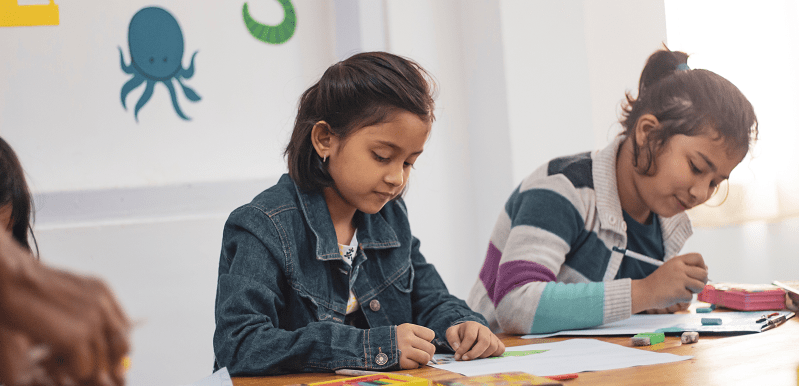
By Noah Kim
EDITION #9 – How are we going & where to next?
Published – 18th September 2019
Noah Kim is beginning the 2nd year of teaching after graduating from RMIT Brunswick in 2017

Toolkit and Maths companion to improve practice
Upon reflection on my professional placements, many of the schools approached maths and literacy differently, which resulted in me having different understandings of practices and ways to teach certain concepts.
It is useful to keep up to date with the resource and opportunities offered by the Department. These are regularly circulated via the In Our Classrooms newsletter. This ensures we have a shared-understanding of best practice, accompanied with a common vocabulary. When selecting resources to use within our teaching and learning, we need to make sure they are reliable resources supported by research and theory.
Planning for Maths
Something that helped me last year (and continues to) is the ‘Maths Companion’ document by FUSE (DET, n.d.). (Hot tip: Save this to your desktop for easy access!) which was created with the Department of Education and gives lesson/activity ideas linked to the Victorian Curriculum. This document is extremely easy to navigate and allows you to choose the specific topics you’re focusing on, meaning you can pick and choose what you would like to use relevant to your students’ needs.
Last year, our school used the Maths Companion as a baseline for most of our weekly planning and it was extremely beneficial when thinking about a starting point for some of the concepts. For example, when we were investigating ‘time’, the Companion document had a sequence of tasks that introduced students to the skills and concepts with engaging tasks such as making clocks to games students could play to enhance their number fluency. I highly recommend this resource based on its access, navigation and ease of implementation.
Planning for Literacy
Guided reading, guided writing, phonics, shared reading, closed reading, literature circles – there are so many strategies that can be used and approached differently. A significant resource that has promoted a consistent approach towards these practices is the ‘Literacy Teaching Toolkit’ (DET, 2018, 2019). The literacy toolkit is something I was introduced to last year through professional learning (Hot tip: Save this to your desktop as well!) and the map (DET, 2018) shows the different topics and strategies within each area of English (Reading, Writing and Speaking and Listening).
With specific links to the curriculum standards, the literacy toolkit allows you to reaffirm what you already know, as well as identify areas for improvement/implementation. For example, in the Year 2 team at Featherbrook College, we had diverse understandings of guided writing and how we were going to implement this. After using the literacy toolkit map (DET, 2018), I was able to find information and in-practice examples, which we used to unpack and guide our planning during our Professional Practice Day this year.
The literacy toolkit (DET, 2018, 2019) is a versatile document that can be used to suit your professional needs based on your context. An activity I recommend doing with your team is:
- Identifying a practice/strategy from the Literacy Toolkit that you currently do.
- Unpack what it is and what it isn’t.
- Reflect on your own practice in comparison.
- Create actions as to what you will remove, improve or implement.
I would hope that you have already been exposed to these documents –however, if not – do not miss out on these invaluable resources!
References:
Department of Education and Training 2018, Literacy teaching toolkit map: Foundation to level 6, viewed 9 July 2019, https://www.education.vic.gov.au/Documents/school/teachers/teachingresources/discipline/english/literacy/lttusermap.pdf
Department of Education and Training 2019, Literacy teaching toolkit, viewed 9 July 2019, https://www.education.vic.gov.au/school/teachers/teachingresources/discipline/english/literacy/Pages/default.aspx
Department of Education and Training n.d., Mathematics curriculum companion, viewed 9 July 2019, http://fuse.education.vic.gov.au/Resource/ByPin?Pin=N7NDQC&SearchScope=All
